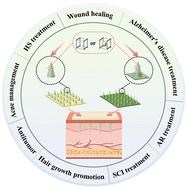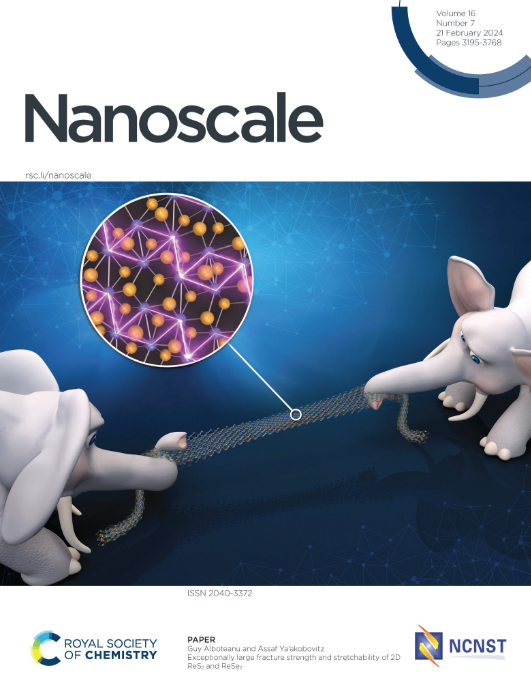Metal–organic framework microneedles for precision transdermal drug delivery: design strategy and therapeutic potential
IF 5.8
3区 材料科学
Q1 CHEMISTRY, MULTIDISCIPLINARY
引用次数: 0
Abstract
Metal–organic frameworks (MOFs) are porous materials renowned for their high porosity, large specific surface area, biocompatibility, and biodegradability. Hydrogel microneedles (MNs) is an emerging technology that minimally disrupts the skin or mucosal membranes, bypassing gastrointestinal absorption and the rapid metabolism typical of oral drug delivery. Over the past few decades, both MOFs and MNs have found applications across a range of fields. However, MOFs alone cannot penetrate the skin or mucosal barrier to deliver drugs effectively, and MNs have limited direct loading capacity. When combined, MOFs enhance the loading efficiency of therapeutic agents in hydrogel MNs and optimize their release kinetics. Additionally, the incorporation of MOFs improves the mechanical properties of hydrogel MNs, increasing their permeability to the skin. In turn, hydrogel MNs enable MOFs—whether therapeutically active or drug-loaded—to bypass the skin or mucosal barrier and deliver active compounds directly to the target site for localized treatment. This review discusses the structural features and preparation methods of MOFs and MOF-based MNs, explores their synergistic potential, and highlights strategies for integrating MOFs with MNs to enhance transdermal drug delivery in applications such as wound healing, scar management, acne treatment, and tumor suppression. Finally, we examine the challenges and future potential of MOF-based MNs and offer insights into their role in advancing transdermal therapies.

求助全文
约1分钟内获得全文
求助全文
来源期刊

Nanoscale
CHEMISTRY, MULTIDISCIPLINARY-NANOSCIENCE & NANOTECHNOLOGY
CiteScore
12.10
自引率
3.00%
发文量
1628
审稿时长
1.6 months
期刊介绍:
Nanoscale is a high-impact international journal, publishing high-quality research across nanoscience and nanotechnology. Nanoscale publishes a full mix of research articles on experimental and theoretical work, including reviews, communications, and full papers.Highly interdisciplinary, this journal appeals to scientists, researchers and professionals interested in nanoscience and nanotechnology, quantum materials and quantum technology, including the areas of physics, chemistry, biology, medicine, materials, energy/environment, information technology, detection science, healthcare and drug discovery, and electronics.
 求助内容:
求助内容: 应助结果提醒方式:
应助结果提醒方式:


